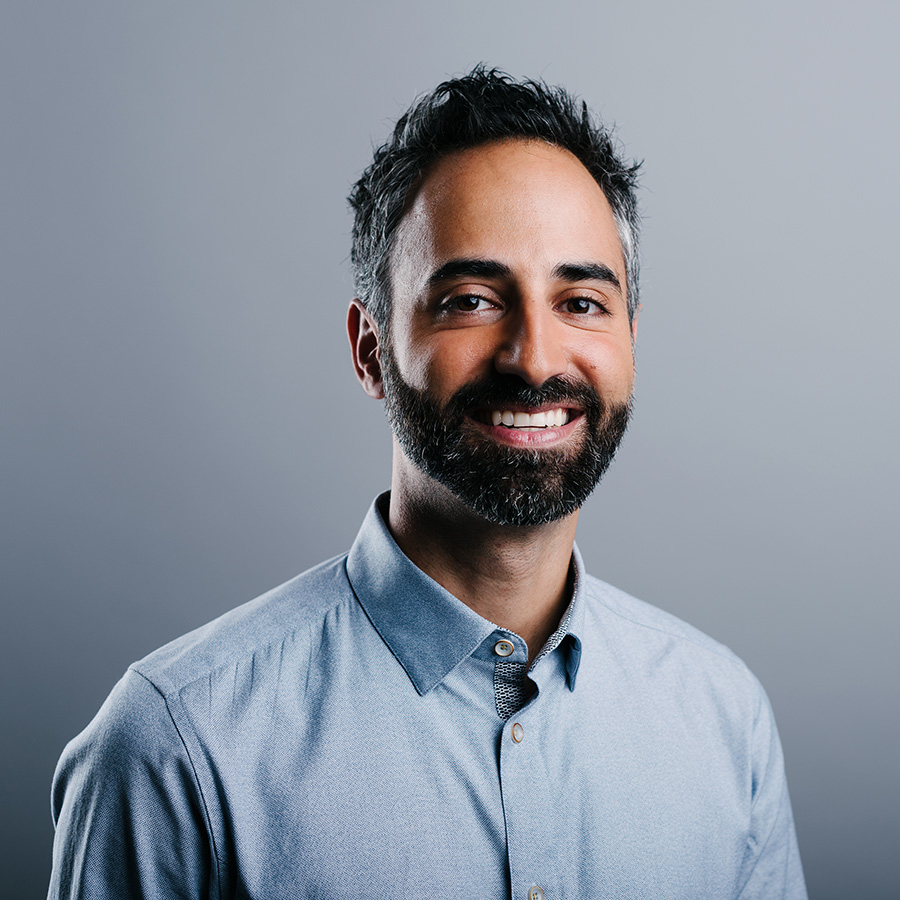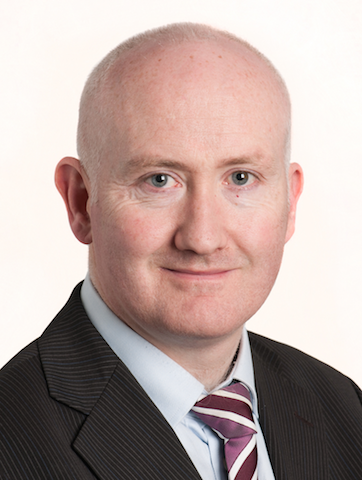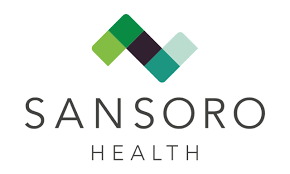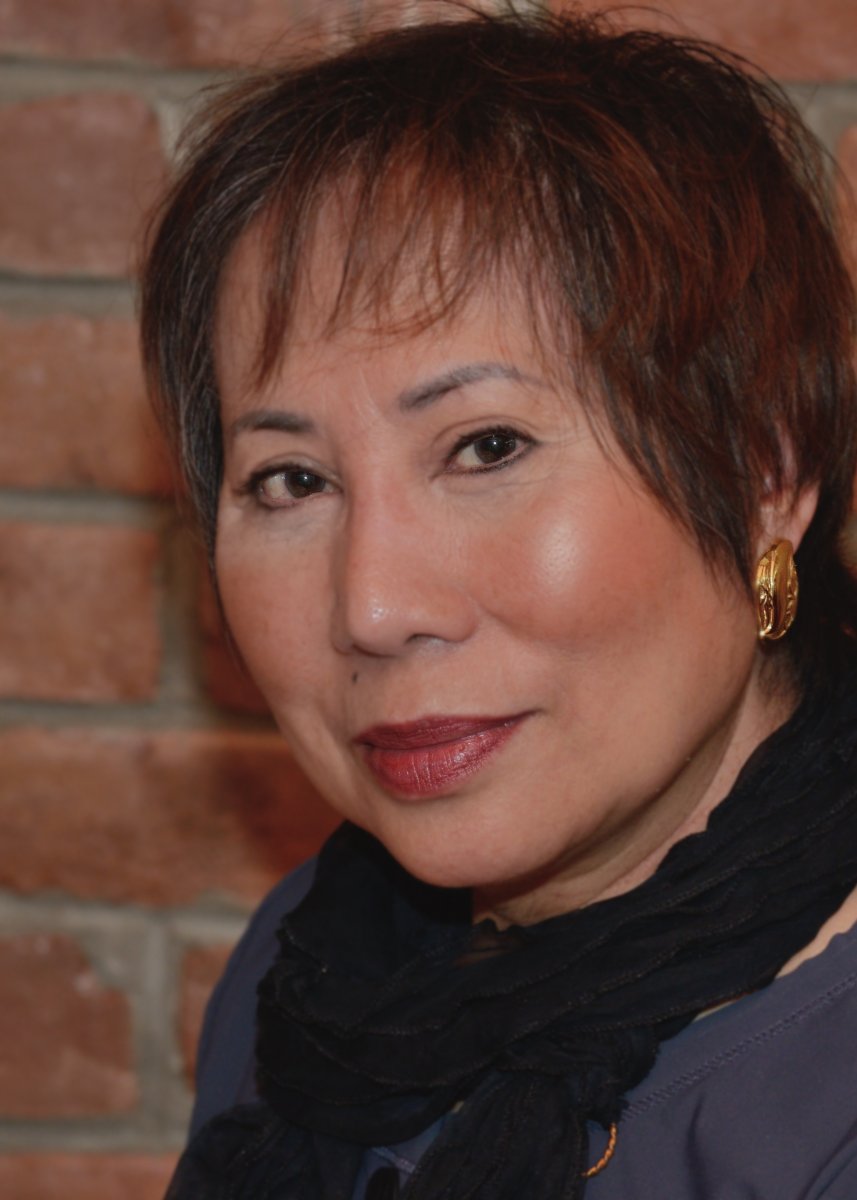 Noam ArztA recent article in HealthAffairs describes a significant decline in the number of both operational HIEs and HIEs in the planning stage from several years earlier. The authors note continuing barriers to broad-based HIE and a shift to vendor-driven exchange which diminishes the effectiveness of community-based networks. In effect, this translates to a shift away from geographic-based/dominated HIEs to product-dominated HIEs. We have already noted (see The Interoperability of Things) the lack of a national strategy on HIE, and ONC’s Nationwide Interoperability Roadmap barely mentions the concept.
Noam ArztA recent article in HealthAffairs describes a significant decline in the number of both operational HIEs and HIEs in the planning stage from several years earlier. The authors note continuing barriers to broad-based HIE and a shift to vendor-driven exchange which diminishes the effectiveness of community-based networks. In effect, this translates to a shift away from geographic-based/dominated HIEs to product-dominated HIEs. We have already noted (see The Interoperability of Things) the lack of a national strategy on HIE, and ONC’s Nationwide Interoperability Roadmap barely mentions the concept.
 Blackpool Teaching Hospitals NHS Foundation Trust has selected an open source electronic patient record (EPR) called openMAXIMS from healthcare software provider IMS MAXIMS, to improve the recording and sharing of patient data across its hospital and community sites. The open source approach is expected to save the trust several million pounds in licence fees and future development costs, while also providing more control on how the software is developed in line with the hospital’s needs. Implementation started in December 2015 and once rolled out, Blackpool will become the third NHS trust to deploy the IMS MAXIMS open source EPR.
Blackpool Teaching Hospitals NHS Foundation Trust has selected an open source electronic patient record (EPR) called openMAXIMS from healthcare software provider IMS MAXIMS, to improve the recording and sharing of patient data across its hospital and community sites. The open source approach is expected to save the trust several million pounds in licence fees and future development costs, while also providing more control on how the software is developed in line with the hospital’s needs. Implementation started in December 2015 and once rolled out, Blackpool will become the third NHS trust to deploy the IMS MAXIMS open source EPR.
 WELL Health Technologies Corp...today announced Health Records on iPhone is now rolling out for clinicians and patients across WELL's primary care clinics, EMR network, Tia Health virtual care service and "apps.health" marketplace. Health Records on iPhone allows patients to securely view and store their own available medical records from multiple providers right in the Apple Health app on their iPhone or iPod touch, with their privacy and data protected at all times. "Delivering on patient-centric healthcare and patient enablement is a big part of WELL's overarching mission and vision. For this reason, we are delighted to be the first telehealth and Canadian EMR platform in Canada to offer Health Records and enable patients to download and view their health information on iPhone," said Hamed Shahbazi, Chairman and CEO of WELL.
WELL Health Technologies Corp...today announced Health Records on iPhone is now rolling out for clinicians and patients across WELL's primary care clinics, EMR network, Tia Health virtual care service and "apps.health" marketplace. Health Records on iPhone allows patients to securely view and store their own available medical records from multiple providers right in the Apple Health app on their iPhone or iPod touch, with their privacy and data protected at all times. "Delivering on patient-centric healthcare and patient enablement is a big part of WELL's overarching mission and vision. For this reason, we are delighted to be the first telehealth and Canadian EMR platform in Canada to offer Health Records and enable patients to download and view their health information on iPhone," said Hamed Shahbazi, Chairman and CEO of WELL. The 2016 OSEHRA Summit to be held June 27-29 is sixty days away, and we are very excited about the way it has come together...We will open the Summit on Monday afternoon with the Global Open Health Informatics Workshop. There we will hear about the progress of many programs, including those in India, Saudi Arabia, the United Kingdom, Slovenia and the Hashemite Kingdom of Jordan. This workshop will also address technical issues supporting the global deployment of open source EHRs.
The 2016 OSEHRA Summit to be held June 27-29 is sixty days away, and we are very excited about the way it has come together...We will open the Summit on Monday afternoon with the Global Open Health Informatics Workshop. There we will hear about the progress of many programs, including those in India, Saudi Arabia, the United Kingdom, Slovenia and the Hashemite Kingdom of Jordan. This workshop will also address technical issues supporting the global deployment of open source EHRs. The Ripple Program, based out of Leeds and building upon the lessons learned from the Leeds Care Record, has recently been set up to positively disrupt health and social care towards those ends. Importantly the ethos of “open” is at the heart of the work and for very good reason. It is clear that interoperability between Health IT systems will drive real change but, what is even clearer is that only an open source approach will positively disrupt this health and social care landscape across the NHS and across the globe. Funded by NHS England and hosted by Leeds City Council, the focus of Ripple is to support health and social care organizations by providing six open source elements which can be used individually, in combination or as a whole, and are consistent patterns of need when embarking on an work towards healthcare improvement with information technology.
The Ripple Program, based out of Leeds and building upon the lessons learned from the Leeds Care Record, has recently been set up to positively disrupt health and social care towards those ends. Importantly the ethos of “open” is at the heart of the work and for very good reason. It is clear that interoperability between Health IT systems will drive real change but, what is even clearer is that only an open source approach will positively disrupt this health and social care landscape across the NHS and across the globe. Funded by NHS England and hosted by Leeds City Council, the focus of Ripple is to support health and social care organizations by providing six open source elements which can be used individually, in combination or as a whole, and are consistent patterns of need when embarking on an work towards healthcare improvement with information technology. After some seven years of watching the US government push interoperability among health records, and hearing how far we are from achieving it, I assumed that fundamental divergences among electronic health records at different sites posed problems of staggering complexity. I pricked up my ears, therefore, when John Orosco, CTO of Sansoro Health, said that they could get EHRs to expose real-time web services in a few hours, or at most a couple days.
After some seven years of watching the US government push interoperability among health records, and hearing how far we are from achieving it, I assumed that fundamental divergences among electronic health records at different sites posed problems of staggering complexity. I pricked up my ears, therefore, when John Orosco, CTO of Sansoro Health, said that they could get EHRs to expose real-time web services in a few hours, or at most a couple days. It has been several years since we reviewed the progress of the HL7 FHIR standards adoption rate. Health Level Seven's (HL7) Fast Healthcare Interoperability Resources (FHIR) is an emerging standard that has rapidly captured the mind-share of the Health Information Technology (HIT) standards community. FHIR is a standard that enables healthcare data sharing between systems in a manner that is more easily implemented and more expressive than previous HL7 standards such as HL7 Version 2, 3 and Clinical Document Architecture (CDA). Regardless of the version of HL7 standard used, the purpose of these standards is to send clinical data in messages, whether to a party inside or outside your organization. HL7 devises flexible message formats so the receiver of the message can open it up, know who sent it and why, and break it down into understandable segments and data fields.
It has been several years since we reviewed the progress of the HL7 FHIR standards adoption rate. Health Level Seven's (HL7) Fast Healthcare Interoperability Resources (FHIR) is an emerging standard that has rapidly captured the mind-share of the Health Information Technology (HIT) standards community. FHIR is a standard that enables healthcare data sharing between systems in a manner that is more easily implemented and more expressive than previous HL7 standards such as HL7 Version 2, 3 and Clinical Document Architecture (CDA). Regardless of the version of HL7 standard used, the purpose of these standards is to send clinical data in messages, whether to a party inside or outside your organization. HL7 devises flexible message formats so the receiver of the message can open it up, know who sent it and why, and break it down into understandable segments and data fields.
 The long awaited road to true healthcare IT system interoperability is being implemented at Good Samaritan in Indiana, enabling the 232-bed community health-care facility to better deliver on its commitment to delivering exceptional patient care. The system will also enable the hospital to substantially increase their practice’s revenue while containing healthcare system integration costs....The integration is being made possible with Zoeticx’s Patient-Clarity interoperability platform which will integrate WellTrackONE’s Annual Wellness Visit (AWV) patient reports with Indiana’s Health Information Exchange (IHIE) and the hospital’s Allscripts EHR.
The long awaited road to true healthcare IT system interoperability is being implemented at Good Samaritan in Indiana, enabling the 232-bed community health-care facility to better deliver on its commitment to delivering exceptional patient care. The system will also enable the hospital to substantially increase their practice’s revenue while containing healthcare system integration costs....The integration is being made possible with Zoeticx’s Patient-Clarity interoperability platform which will integrate WellTrackONE’s Annual Wellness Visit (AWV) patient reports with Indiana’s Health Information Exchange (IHIE) and the hospital’s Allscripts EHR. I propose two significant changes to help make primary care relevant in the 21st century...I wrote a longer piece on [Virtual Care] earlier in the year. In short, it's a disgrace that we've put so many hurdles on telemedicine, and that it continues to be so underused. It is widely available in health plans, but rarely practiced by physicians nor by patients. Instead, we still mostly go to our doctors offices, to ERs, or perhaps now to drugstores.A televisit should be the first course of action for non-emergencies. We must remove regulatory and reimbursement barriers, and incent patients to take advantage of the speed and convenience of the option. Moreover, as AI options for diagnoses and advice quickly become more viable, we can use them to triage our needs, help assure continuity with physicians, and eventually reduce the need to talk to a human...
I propose two significant changes to help make primary care relevant in the 21st century...I wrote a longer piece on [Virtual Care] earlier in the year. In short, it's a disgrace that we've put so many hurdles on telemedicine, and that it continues to be so underused. It is widely available in health plans, but rarely practiced by physicians nor by patients. Instead, we still mostly go to our doctors offices, to ERs, or perhaps now to drugstores.A televisit should be the first course of action for non-emergencies. We must remove regulatory and reimbursement barriers, and incent patients to take advantage of the speed and convenience of the option. Moreover, as AI options for diagnoses and advice quickly become more viable, we can use them to triage our needs, help assure continuity with physicians, and eventually reduce the need to talk to a human... It has only been about two generations since traveling medicine shows were common forums for medical information. Phony research and medical claims were used to back up the sale of all kinds of dubious medicines. Potential patients had no real method to determine what was true or false, let alone know what their real medical issues were. Healthcare has come a long way since those times, but similar to the lack of knowing the compositions of past medical concoctions and what ailed them, today’s digital age patients still don’t know what is in their medical records. They need transparency, not secret hospital –vendor contracts and data blocking, like the practices being questioned by the New York Times. One patient, Regina Holliday resorts to using art to bring awareness to the lack of patient’s access to their own medical records.
It has only been about two generations since traveling medicine shows were common forums for medical information. Phony research and medical claims were used to back up the sale of all kinds of dubious medicines. Potential patients had no real method to determine what was true or false, let alone know what their real medical issues were. Healthcare has come a long way since those times, but similar to the lack of knowing the compositions of past medical concoctions and what ailed them, today’s digital age patients still don’t know what is in their medical records. They need transparency, not secret hospital –vendor contracts and data blocking, like the practices being questioned by the New York Times. One patient, Regina Holliday resorts to using art to bring awareness to the lack of patient’s access to their own medical records.